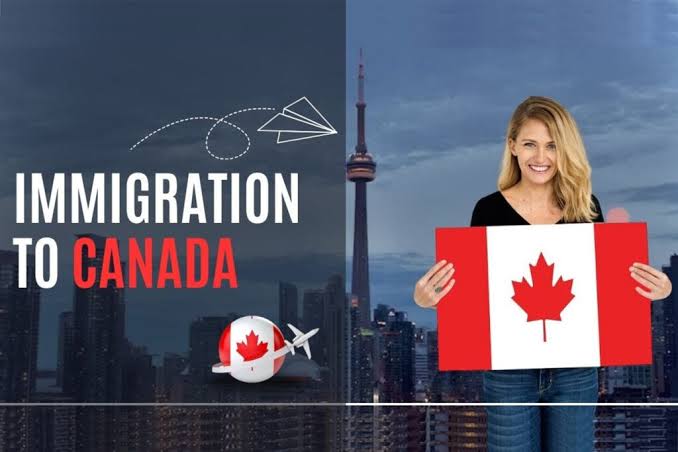In a bid to strengthen its immigration system, Canada has introduced significant changes to its temporary residence programs.
The government aims to reduce the intake cap for international student study permits by 10% for 2025, from 485,000 to 437,000, and maintain this cap for 2026 ¹. This move is part of a broader effort to align Canada’s immigration policies with evolving economic and humanitarian needs.
*Key Reforms*
– _International Student Programme_: Reducing intake cap by 10% for 2025 and 2026
– _Post-Graduation Work Permit Programme_: Updating to match immigration and labour market needs
– _Work Permit Eligibility_: Limiting to spouses of master’s degree students with programs at least 16 months long and spouses of foreign workers in management or professional roles or sectors with labour shortages
According to Immigration, Refugees and Citizenship Canada, these changes aim to “better manage the volume of temporary residents, uphold the integrity of our immigration system and protect vulnerable people”. The government also seeks to reduce the proportion of temporary residents from 6.5% to 5% of the population by 2026.
Canada’s economy has evolved significantly since the pandemic, leading to a softening labour market. The government recognizes the need to adapt its immigration system to respond to new pressures. “We’re taking these steps to strengthen our immigration system, address the changing needs of our country and continue to grow our population responsibly,” said a government official.
Canada has a long history of welcoming newcomers, with immigration playing a crucial role in shaping the country’s economy and society. The government’s efforts to balance economic and humanitarian needs are not new, as seen in previous immigration policies. However, the current changes mark a significant shift towards a more sustainable and effective immigration system.


